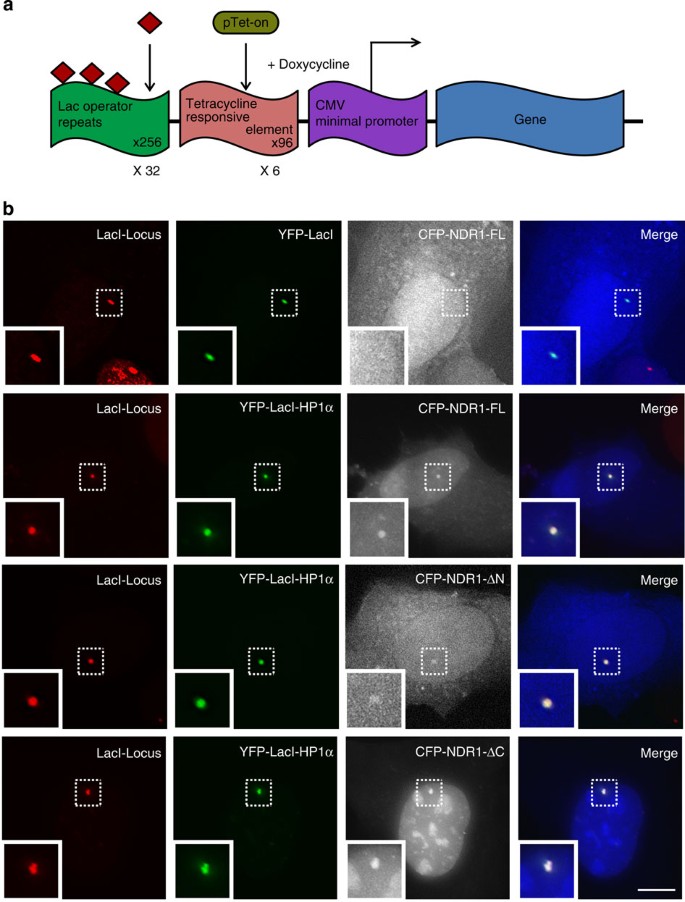
The nsp11 coding sequence was PCR-amplified from the FL12 strain of PRRSV and was inserted into the retroviral expressing vector pLNCX2 (Clontech) and mammalian expression vector pXJ41 with a FLAG tag at its N-terminus using the following primers: forward 5′-AAACTCGAGGCCACCATGGGGTCGAGCTCCCCGCTCCC-3′ and reverse 5′-GCGGCCGCTTACTTATCGTCGTCATCCTTGTAATCTTCAAGTTGAAAATAGGC-3′. MARC-145 and MARC-nsp11 cells were maintained in Dulbecco’s modified Eagle’s medium (DMEM Mediatech Inc., Manassas, VA, USA) containing 10% heat-inactivated fetal bovine serum (FBS H圜lone, Logan, UT, USA) in a humidified incubator with 5% CO 2 at 37☌. MARC-145 is the only established cell line permissive for PRRSV replication and thus widely used for the study of PRRSV in vitro.

MARC-145 is a subcloned cell line of MA-104 which was derived from African green monkey kidney. We provide the evidence that PRRSV nsp11 protein participates in modulating the cell cycle progression at the S phase. Based on the microarray data, five major cellular pathways were identified to be regulated by nsp11, and of the five pathways the cell cycle pathway was examined. However, such studies do not identify specific viral proteins responsible for gene expressions changes, and thus the present study was conducted to understand the specific cellular response to nsp11 in cells stably expressing the protein using RNA microarrays. Ĭellular transcriptional profiles during PRRSV infection have been studied to some extent. Recently, PRRSV has been shown to modulate type I IFN response and nsp11 has been suggested to participate in the modulation of IFN response. In EAV, nsp11 plays a key role in viral RNA synthesis and thus it may also be essential for PRRSV replication. Mutational studies using equine arteritis virus (EAV) nsp11, which is a homolog of PRRSV nsp11, show that three enzymatically catalytic sites reside in subdomain A, while two aspartic acids in subdomain B are responsible for the overall protein structure. NendoU is known to contain an endoribonuclease activity and consists of two subdomains, A and B.

Of these, nsp11 is a 223 amino acid protein and contains a nidovirus-specific domain, termed NendoU, in the C-terminal region. These products are nonstructural proteins (nsps) that are believed to participate in viral genome replication and subgenomic mRNA transcription. PP1a and PP1a/b are cotranslationally processed into 14 cleavage products. ORF1a is translated to produce the PP1a polyproteins, but ORF1b is expressed as a fusion with ORF1a by ribosomal frameshifting and produces the PP1a/b fusion polyproteins. The PRRSV genome contains 10 open reading frames (ORFs) including the newly identified ORF5a. Two distinct genotypes have been reported for PRRSV: European (type I) and North American (type II) genotypes. The etiological agent is PRRS virus (PRRSV), which belongs to the family Arteriviridae in the order Nidovirales and possesses a single-stranded positive-sense RNA genome of 15.4 kb in size. Porcine reproductive and respiratory syndrome (PRRS) is one of the most significant infectious diseases for the pig industry worldwide and causes severe economic losses. The study provides insights into the understanding of specific cellular responses to nsp11 during PRRSV infection.

Flow cytometry showed that nsp11 caused the delay of cell cycle progression at the S phase and the BrdU staining confirmed the cell cycle arrest in nsp11-expressing cells. Of these, the modulation of cell cycle by nsp11 was further investigated since many of the regulated genes fell in this particular pathway. These genes were grouped into 5 major signaling pathways according to their functional relations: histone-related, cell cycle and DNA replication, mitogen activated protein kinase signaling, complement, and ubiquitin-proteasome pathways. Differential cellular transcriptome was examined using Affymetrix exon chips representing 28,536 transcripts, and after statistical analyses 66 cellular genes were shown to be upregulated and 104 genes were downregulated by nsp11. In these cells, the interferon- β, interferon regulatory factor 3, and nuclear factor- κB activities were suppressed compared to those of parental cells, suggesting that nsp11 might serve as a viral interferon antagonist. The regulation of cellular gene expression by nsp11 was examined by RNA microarrays using MARC-nsp11 cells constitutively expressing nsp11. Nonstructural protein 11 (nsp11) of porcine reproductive and respiratory syndrome virus (PRRSV) is a viral endoribonuclease with an unknown function.


 0 kommentar(er)
0 kommentar(er)
